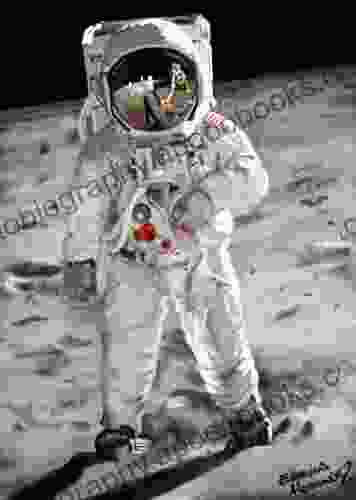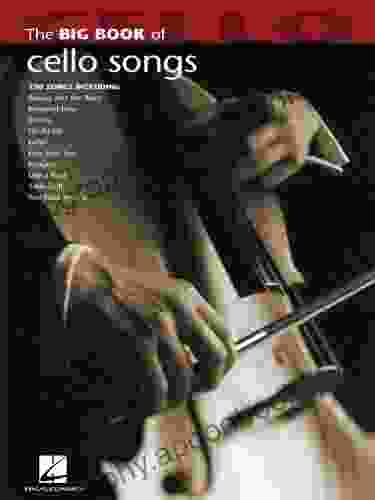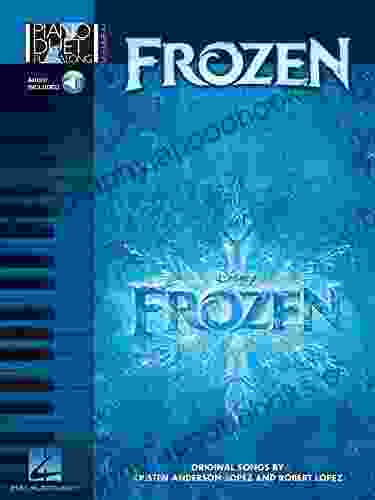Animals Do Housekeeping Too: How Animals Modify Their Environment to Suit Their

We all know that humans clean and organize our homes to make them more comfortable and livable. But did you know that animals do the same thing? That's right, animals of all shapes and sizes modify their environment to suit their unique needs.
4.9 out of 5
| Language | : | English |
| File size | : | 37464 KB |
| Screen Reader | : | Supported |
| Print length | : | 72 pages |
Some animals build elaborate nests or dens to protect themselves from the elements and predators. Others create hiding places to store food or raise their young. And still others use their environment to attract mates or establish dominance.
Nests and Dens
Nests and dens are two of the most common types of animal homes. Nests are typically made of soft materials, such as leaves, grass, or twigs, and are used to protect eggs or young animals from the elements. Dens, on the other hand, are more permanent structures that are used for shelter from predators or the weather.
Some animals, such as birds and squirrels, build their nests in trees. Others, such as rabbits and foxes, dig dens in the ground. And still others, such as ants and termites, build complex nests out of soil or wood.
Hiding Places
Many animals create hiding places to store food or raise their young. These hiding places can be anything from a simple hole in the ground to a complex network of tunnels.
For example, squirrels bury their nuts in the ground to hide them from predators. Mice and rats build nests in walls or ceilings to raise their young. And some species of frogs and salamanders live in burrows to protect themselves from the sun or cold.
Territories
Many animals mark their territory to let other animals know that the area is theirs. They do this by leaving behind scents, vocalizations, or other signs.
For example, dogs urinate on trees or fire hydrants to mark their territory. Cats spray urine on walls or furniture. And some species of birds sing songs to defend their territory.
Animals of all shapes and sizes modify their environment to suit their unique needs. They build nests and dens to protect themselves from the elements and predators. They create hiding places to store food or raise their young. And they mark their territory to let other animals know that the area is theirs.
The next time you see an animal, take a closer look at its environment. You may be surprised at how much effort it has put into making its home just the way it likes it.
4.9 out of 5
| Language | : | English |
| File size | : | 37464 KB |
| Screen Reader | : | Supported |
| Print length | : | 72 pages |
Do you want to contribute by writing guest posts on this blog?
Please contact us and send us a resume of previous articles that you have written.
 Book
Book Novel
Novel Page
Page Chapter
Chapter Text
Text Story
Story Genre
Genre Reader
Reader Library
Library Paperback
Paperback E-book
E-book Magazine
Magazine Newspaper
Newspaper Paragraph
Paragraph Sentence
Sentence Bookmark
Bookmark Shelf
Shelf Glossary
Glossary Bibliography
Bibliography Foreword
Foreword Preface
Preface Synopsis
Synopsis Annotation
Annotation Footnote
Footnote Manuscript
Manuscript Scroll
Scroll Codex
Codex Tome
Tome Bestseller
Bestseller Classics
Classics Library card
Library card Narrative
Narrative Biography
Biography Autobiography
Autobiography Memoir
Memoir Reference
Reference Encyclopedia
Encyclopedia Yanis Varoufakis
Yanis Varoufakis Pippa Lux
Pippa Lux Keith Browne
Keith Browne Mark Mason
Mark Mason Knut Hamsun
Knut Hamsun Otto Santa Ana
Otto Santa Ana Alessandro Cecchi
Alessandro Cecchi Chris Mooney
Chris Mooney Eve Gaddy
Eve Gaddy Alex Forrest
Alex Forrest Alejandra Schiavoni
Alejandra Schiavoni William H Beezley
William H Beezley Tony Rocco
Tony Rocco Alan B Govenar
Alan B Govenar Ruth E Braatz
Ruth E Braatz Alan Bennett
Alan Bennett Alain Combes
Alain Combes Al M Rocca
Al M Rocca K G Lewis
K G Lewis Alan Agresti
Alan Agresti
Light bulbAdvertise smarter! Our strategic ad space ensures maximum exposure. Reserve your spot today!

 Clarence BrooksLovecraft's Cosmic Visions: Exploring the Horrors of the Unknown in "Space...
Clarence BrooksLovecraft's Cosmic Visions: Exploring the Horrors of the Unknown in "Space...
 Truman CapoteUncover the Enchanting and Treacherous Realm of 'Slave To Ice Shadows: Royal...
Truman CapoteUncover the Enchanting and Treacherous Realm of 'Slave To Ice Shadows: Royal... Terry PratchettFollow ·5.5k
Terry PratchettFollow ·5.5k Gilbert CoxFollow ·19.9k
Gilbert CoxFollow ·19.9k Shane BlairFollow ·19.9k
Shane BlairFollow ·19.9k Mark MitchellFollow ·9.6k
Mark MitchellFollow ·9.6k Duncan CoxFollow ·10.3k
Duncan CoxFollow ·10.3k Joe SimmonsFollow ·9.7k
Joe SimmonsFollow ·9.7k Nathaniel HawthorneFollow ·13.8k
Nathaniel HawthorneFollow ·13.8k Eli BlairFollow ·8.9k
Eli BlairFollow ·8.9k

 W. Somerset Maugham
W. Somerset MaughamBach Dialogue With Modernity: A Journey Through Time and...
Prelude: Bach's Timeless...

 Ted Simmons
Ted SimmonsAsher Heroes At Heart Maryann Jordan: The Essential Guide...
Are you ready to...

 Paulo Coelho
Paulo CoelhoVienna Spies: Uncover the Hidden World of Espionage in...
Vienna has long...

 Herman Melville
Herman MelvilleThe Complete Guide to Orchestral Cymbal Playing:...
Step into the vibrant...

 Rubén Darío
Rubén DaríoEscape into a Holiday Haven with California Christmas...
Embark on a heartwarming and festive journey...
4.9 out of 5
| Language | : | English |
| File size | : | 37464 KB |
| Screen Reader | : | Supported |
| Print length | : | 72 pages |










